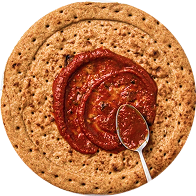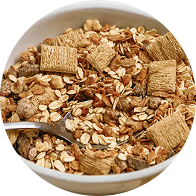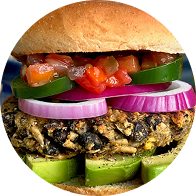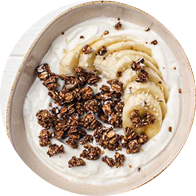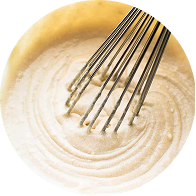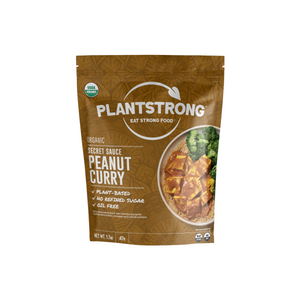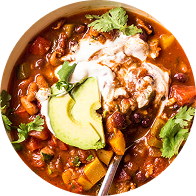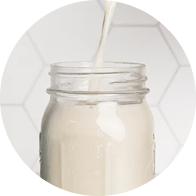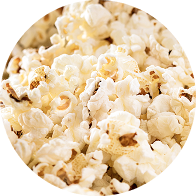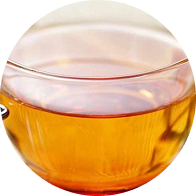Why Calorie Density Is the Secret Weapon for Sustainable Weight Loss
The best part about learning the principles of calorie density?
You get to toss out everything you thought you knew about dieting and start fresh—with a full plate and a clear mind.
Most diets feel restrictive, complicated, and ultimately unsatisfying. But here’s the liberating truth: America isn’t overweight because people lack willpower. We’re overweight because our plates are full of the most calorie-dense foods on the planet—cheese, meat, oil, and ultra-processed snacks. It’s a rigged system that leads to weight gain, low energy, and chronic disease.
But there’s a better way.
Eat More. Weigh Less. Feel Satisfied.
When you shift to calorie-dilute, nutrient-rich foods, you can eat generous portions, feel completely satisfied, and still shed excess weight. It’s not magic—it’s simple science.
(Need help putting this into practice? Join our free community for recipes and support!)
So, What Is Calorie Density?
Calorie density refers to how many calories are packed into a given weight of food. The higher the calorie density, the more calories you’re consuming per bite—and the less likely you are to feel full before overeating.
Consider this:
-
3.5 pounds of melon = ~450 calories
-
3.5 pounds of Swiss cheese = over 6,000 calories
Since most people eat a fairly consistent volume of food each day, choosing lower calorie-dense foods like fruits, vegetables, beans, and intact whole grains is a game-changer for weight control.
Use this handy chart to see the spectrum of calorie density—from light and filling to dense and dangerous.
Stick to foods above the red line, and you’ll feel fuller on fewer calories.
Three Common Pitfalls to Watch Out For
1. Liquid Calories
Think soda, juice, alcohol, and even some smoothies. These sneaky sips add up fast—without satisfying hunger. Drinking your calories is like sipping a Big Mac through a straw.
As Rip says: “Don’t drink your calories!”
2. High-Fat Foods
Fat packs 9 calories per gram—more than double protein or carbs. The more fat in your food, the more calorie-dense it becomes. Animal products and processed oils are major culprits. Most whole plant foods, by contrast, are naturally low in fat and high in fiber and water.
3. Refined Grains
White bread, crackers, bagels—these processed carbs have had the fiber stripped away, leaving behind dense calories that spike blood sugar and leave you hungry for more. Unprocessed carbs from oats, potatoes, or brown rice are far more filling and satisfying.
Volume Is the Key to Fullness
Here’s a truth most diets ignore:
Feeling full has nothing to do with calorie content—and everything to do with volume.
Let’s break it down:
-
2 cups of grapes = 100 calories
-
¼ cup of raisins = 100 calories
Which fills you up more? The grapes. They’re bigger, heavier, and packed with water.
“Feeling full has nothing to do with a food’s calorie content, and everything to do with its volume.”
—Rip Esselstyn, The Engine 2 Seven-Day Rescue Diet

Water: The Hidden Hero
Water adds weight and volume to your food—without adding a single calorie. That’s why foods rich in water, like fruits and vegetables, are your best friends when it comes to weight loss. Most fruits and veggies are over 85% water by weight, which means they’re naturally low in calories and high in satiety.
Want another example?
Those same 100 calories in raisins give you just a handful—but if you choose grapes instead, you get an entire bowl. The only difference is water content.
Bottom Line: Eat BIG with Foods That Are Calorie-Light
When you focus on calorie density, you don’t have to count points or starve yourself. You just have to shift your plate to feature more water-rich, whole plant foods—and less calorie-dense animal products and processed junk.
Want a cheat sheet?
👉 Download our free one-pager with the PLANTSTRONG approach at a glance
For a deeper dive into the science and seven principles of PLANTSTRONG living, grab a copy of The Engine 2 Seven-Day Rescue Diet. And if you're looking for support, recipes, or just good company, join our free community.

